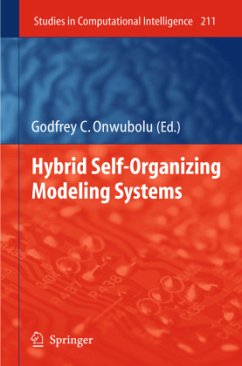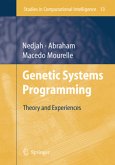The Group Method of Data Handling (GMDH) is a typical inductive modeling method that is built on principles of self-organization for modeling complex systems. However, it is known to often under-perform on non-parametric regression tasks, while time series modeling GMDH exhibits a tendency to find very complex polynomials that cannot model well future, unseen oscillations of the series. In order to alleviate these problems, GMDH has been recently hybridized with some computational intelligence (CI) techniques resulting in more robust and flexible hybrid intelligent systems for solving complex, real-world problems. The central theme of this book is to present in a very clear manner hybrids of some computational intelligence techniques and GMDH approach.
The hybrids discussed in the book include GP-GMDH (Genetic Programming-GMDH) algorithm, GA-GMDH (Genetic Algorithm-GMDH) algorithm, DE-GMDH (Differential Evolution-GMDH) algorithm, and PSO-GMDH (Particle Swarm Optimization) algorithm. Also included is the description of the recently introduced GAME (Group Adaptive Models Evolution algorithm.
The hybrid character of models and their self-organizing ability give these hybrid self-organizing modeling systems an advantage over standard data mining models.
The modeling and data mining solutions of several real-life problems in the areas of engineering, bioinformatics, finance, and economics are presented in the chapters. The book will benefit amongst others, people who are working in the areas of neural networks, machine learning, artificial intelligence, complex system modeling and analysis, and optimization.
The hybrids discussed in the book include GP-GMDH (Genetic Programming-GMDH) algorithm, GA-GMDH (Genetic Algorithm-GMDH) algorithm, DE-GMDH (Differential Evolution-GMDH) algorithm, and PSO-GMDH (Particle Swarm Optimization) algorithm. Also included is the description of the recently introduced GAME (Group Adaptive Models Evolution algorithm.
The hybrid character of models and their self-organizing ability give these hybrid self-organizing modeling systems an advantage over standard data mining models.
The modeling and data mining solutions of several real-life problems in the areas of engineering, bioinformatics, finance, and economics are presented in the chapters. The book will benefit amongst others, people who are working in the areas of neural networks, machine learning, artificial intelligence, complex system modeling and analysis, and optimization.








